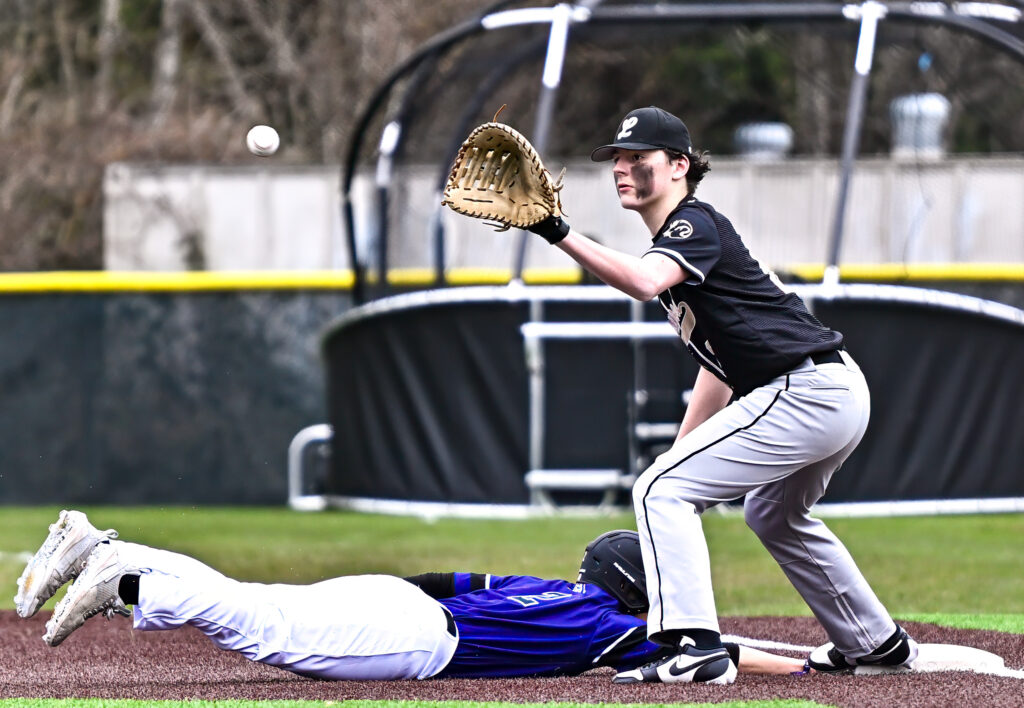NIL
$2.8 billion House v. NCAA settlement hangs in balance as attorneys file brief to address roster-limit concern
The marathon legal battle regarding player compensation and the makeup of college athletics in a landmark, multibillion-dollar antitrust case may have finally hit the homestretch Wednesday night. Attorneys involved in a $2.8 billion settlement filed a brief tweaking the aspect of roster limits in the House v. NCAA settlement, which they hope will convince a […]
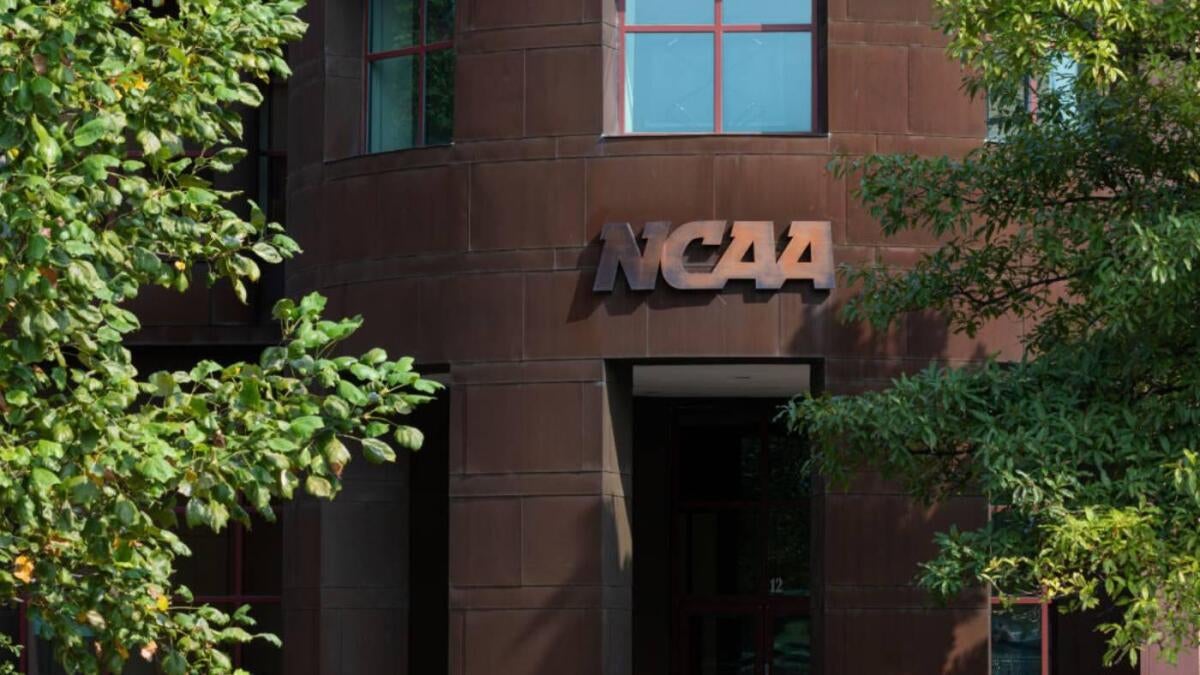
The marathon legal battle regarding player compensation and the makeup of college athletics in a landmark, multibillion-dollar antitrust case may have finally hit the homestretch Wednesday night.
Attorneys involved in a $2.8 billion settlement filed a brief tweaking the aspect of roster limits in the House v. NCAA settlement, which they hope will convince a federal judge to grant final approval. The judge twice voiced concerns over proposed roster limits, a small but significant aspect of the deal that will enable schools to pay athletes a portion of their media revenues, capped at $20.5 million, starting July 1.
Schools will be allowed — but not required — to reinstate players who were cut from rosters during the 2024-25 academic year without those players counting against new roster limits set to be implemented July 1. Purged players exempt from roster limits can also transfer to new schools.
The key language in the brief, however, is that roster-limit exceptions are to be made at a school’s discretion. It remains to be seen if the brief will satisfy Judge Claudia Wilken of the Northern District of California, who specifically asked attorneys to “grandfather” all players into the deal, after twice delaying a decision on whether to approve the settlement in April.
“In other words, there are no guarantees that designated student-athletes will get or maintain roster spots,” the NCAA and power conference’s counsel wrote in a supplemental brief Wednesday. “But that does not adversely affect any injunctive relief class member.”
High school seniors who were promised scholarships that were later rescinded because of the proposed roster limits will also be exempt.
Now, college athletics waits – again – for a decision from federal court. Wilken gave preliminary approval in October, speaking in favor of most aspects of the deal. However, she has twice delayed final approval because of language tied to roster limits, which could lead to an estimated 5,000 players being cut from sports across the NCAA.
Several objectors testified April 7 against replacing scholarship limits with roster limits at a settlement hearing in the District Court of Northern California. In a brief filed April 23, Wilken ordered attorneys to develop a plan to “grandfather” current players into the agreement, allowing schools to temporarily exceed new limits as part of a phase-in solution for rosters. A two-week negotiation ensued.
If Wilken is not satisfied with the parties’ resolution and declines final approval, the case may advance to trial, a daunting prospect for the NCAA, which has been bludgeoned legally over student-athlete compensation and lambasted by the Supreme Court over the last five years. If the NCAA and power conferences lose in trial, the parties could be liable for $20 billion in damages.
If the settlement is not approved, schools may soon turn to their state governments to help legalize direct pay to players, who have planned to be paid a share of the $20.5 million pool next fall.
Wilken’s request on April 23 to renegotiate aspects of roster limits sent shockwaves across the country, complicating matters for many schools that had already begun cutting players from rosters. Under the preliminary settlement released in October, football rosters were set to shrink to 105 players, meaning as many as 30-plus players would be cut at each school. Even before the judge’s final approval, schools began to cut players in the spring in preparation for the settlement’s implementation on July 1.
Putting the toothpaste back in the tube could prove difficult for athletic departments. Some purged players landed at new schools, but many remain without a home, hoping to land again at their former schools. Most schools might be unwilling to re-sign players and spend extra scholarship money – as well as room and board, meals and health care – that balloon already-tight budgets.
In a brief filed April 23, Wilken was unmoved by the schools’ plight, writing that “any disruption that may occur is a problem of Defendants’ and NCAA members schools’ own making.”
The settlement’s touchstones remain uncchanged. Starting July 1, NCAA schools can share as much as $20.5 million in revenue with their athletes, and former athletes who played between 2016 and 2024 will be paid $2.8 billion in back payments if the settlement is approved.
Each school’s revenue-sharing cap will increase 4% each year during the 10-year agreement.
What is House v. NCAA?
The class-action antitrust lawsuit was filed in 2020 by Arizona State swimmer Grant House and women’s college basketball player Sedona Prince seeking an injunction against the NCAA and the Power Five conferences. It sought to lift restrictions on revenue sharing of media rights revenues.
Powerful antitrust attorneys Steve Berman and Jeffrey Kessler represented the plaintiffs.
If approved by the judge, the settlement would resolve three antitrust lawsuits: Carter v. NCAA, House v. NCAA and Hubbard v. NCAA.
What’s next?
A decision: Judge Claudia WIlken will study the brief and decide whether to grant final approval to the House v. NCAA settlement, which was first introduced in October and has included months of negotiations.
Revenue-sharing formula: Many schools are preparing to mirror the back-payment formula in their revenue-sharing model for the future. That means roughly 75% of future revenue will be shared with football players, 15% to men’s basketball, 5% to women’s basketball and 5% to all remaining sports. Those numbers will differ from school to school, but most power programs have shared similar models with administrators.
CBS Sports has learned one school is preparing to share more than 85% of the $20.5 million pool with football players – a reflection of the percentage of annual revenue the sport generates for its athletics department.
More lawsuits: Concerns over Title IX and antitrust issues will continue after the settlement is approved. However, instead of the NCAA being the target, individual schools may soon become the focus of litigation. Each school will split the revenue pie based on its own formulas, meaning a women’s basketball player may sue a school if they believe they are not receiving their fair share of cash. The same can be said for a football player if their revenue share is lower than that of a rival player at another school.
The White House is set to weigh in: The NCAA has long lobbied Congress to pass legislation protecting the organization and its members from antitrust litigation. Now the White House has zeroed in on college athletics.
President Donald Trump is creating a presidential commission on college athletics to find solutions for “issues ailing the ecosystem,” according to Yahoo! Sports. Trump was considering an executive order to regulate NIL after meeting with former Alabama coach Nick Saban, according to the Wall Street Journal. Sen. Tommy Tuberville, the former Auburn coach, also met with Trump last week to discuss college athletics. Steve Berman, a lead attorney for the plaintiffs in the House case, criticized the president’s potential actions, saying that an executive order would lead to more lawsuits.
Sen. Ted Cruz is reportedly drafting a bill that could offer the NCAA limited antitrust protection. It’s not clear how Trump’s plans may affect Cruz’s draft.
New enforcement model: The power conferences are expected to launch soon the College Sports Commission, an enforcement arm to police the settlement among its schools. The new organization effectively replaces the NCAA regarding NIL enforcement, and will monitor NIL deals between players and third parties, and oversee revenue-sharing practices at schools. This new organization will also penalize schools and individuals who break rules.
Who is footing the bill? The NCAA is responsible for 40% of the $2.8 billion settlement, and the remaining 60% will come from reducing its revenue distributions to the 32 Division I conferences over the next 10 years ($1.6 billion). The NCAA is utilizing a formula based on revenue distribution presented to each league over a nine-year period starting in 2016, which leans heavily on basketball units tied to NCAA Tournament participation, according to Yahoo Sports. The Power Five conferences – ACC, Big Ten, Big 12, Pac-12 and SEC – will pay 24% of the overall damages, followed by the Group of Five at 10%.The FCS is on the hook for 14% and non-football conferences in Division I will pay 12% of the overall agreement, according to documents reviewed by CBS Sports.
House v. NCAA settlement terms
- $20.5 million salary cap for revenue-sharing at each Division I school (starting July 1)
- $2.77 billion in back payments to as many as 390,000 athletes who played an NCAA sport between 2016 and 2024.
- Outside NIL deals of more than $600 must be vetted by a third-party clearinghouse
- NIL deals must meet “fair market value.” How that fair-market value is determined is the subject of intense debate.
- Unlimited scholarships with new roster size limits
- At least 88,104 of approximately 390,000 athletes have filed back-pay claims, plaintiff attorney Steve Berman said in April. That number was expected to reach 118,879 at the end of April.
- 343 athletes opted out of the settlement
NIL
Kirby Smart Paints Grim Picture For College Sports in Latest Statement Regarding NIL
Georgia Bulldogs head coach Kirby Smart paints a concerning future for college athletics with his latest statement regarding NIL. College football head coaches are constantly forced to navigate new issues revolving around the league and have seen the sport undergo some massive changes over the past decade. But no other change appears to be more […]

Georgia Bulldogs head coach Kirby Smart paints a concerning future for college athletics with his latest statement regarding NIL.
College football head coaches are constantly forced to navigate new issues revolving around the league and have seen the sport undergo some massive changes over the past decade. But no other change appears to be more headache-inducing than the emergence of NIL.
While the policy change has been viewed as an overall positive, it has brought forth its fair share of issues. Many of which have created financial ripples throughout college athletics. Georgia Bulldogs head coach Kirby Smart shared his thoughts on the issue and expressed his desires for the sport moving forward.
“I just want to be able to have a freshman come in and not make more than a senior and I’d like for other sports to be able to still survive.” Said Smart. “You know, we’re on the brink of probably one to two years away from a lot of schools cutting sports.”
While football is a massive sport that produces millions of dollars in revenue each season, other sports may be forced to go by the waist-side due to the increase of competitive prices when it comes to fielding a football roster.
Unfortunately, there does not seem to be a simple fix for the issues that the NIL era of college football presents, and the sport (along with other college athletics) will likely continue to undergo a litany of changes in the near future.
NIL
Top Brands, Trends, and Social Media Gold Mines
Last Updated on May 15, 2025 As we approach the fourth anniversary of name, image, and likeness, let’s examine the rise of its $1 billion-plus economy. This past year has brought notable changes to NIL, including deals with influential voices on and off the field and the landmark decision of the House v. NCAA legal […]

Last Updated on May 15, 2025
As we approach the fourth anniversary of name, image, and likeness, let’s examine the rise of its $1 billion-plus economy. This past year has brought notable changes to NIL, including deals with influential voices on and off the field and the landmark decision of the House v. NCAA legal settlement, which will allow athletes to participate in revenue sharing with their respective institutions.
SponsorsUnited, an innovative global sports and entertainment platform, released a NIL Endorsements Report for 2024-25. The report spans from March 2024 to March 2025 and incorporateed roughly 2,000 brands, 3,000 deals, and over 4,000 social media posts. Further, SponsorUnited’s proprietary social media tracking metrics were used to collect the data around total engagement across athlete-controlled accounts on TikTok, X (formerly known as Twitter), Facebook, and Instagram. A critical component is that this report includes athletes with a combined following of over 10,000 followers across the platforms above for the social analysis portion. Below are some of the key findings that stood out about the report.
Top Brands Leading the NIL Market
Five brands lead the way among the athletes tracked in this report: EA Sports, Raising Cane’s, Powerade, Epsilon, and Adidas. EA Sports has claimed pole position on the NIL brand scale with the launch of their highly anticipated College Football 26 video game. Over 14,000 FBS collegiate players received $1,500 for appearing in the game, a $600 increase from last year’s edition. Moreover, Epsilon took a page out of EA Sports’ book and created a similar campaign, ensuring every athlete had a chance to monetize their NIL through a $500 Instagram campaign on teamwork. Raising Cane’s has cemented itself as a NIL mainstay, partnering with National Championship collegiate athletes to surprise customers and utilize high-traffic advertising areas like Times Square to market its apparel.


Technology and Beverage Deals on the Rise
Technology and non-alcoholic beverage deals saw a surge in activity amongst top athletes. Technology partnerships increased by 29%, while beverage deals increased by 19% year-to-year, prioritizing athlete-led partnerships. In addition to EA Sports’ influence on the technology side of things, Nintendo and Epic’s Fortnite video game drove key partnerships with some of college football’s top stars, including Alabama wide receiver Ryan Williams, Ohio State wide receiver Jeremiah Smith, and Florida quarterback DJ Lagway. Additionally, athletes took part in Prime Video’s exclusive content, which promoted products and Prime trials to other athletes and adults. The campaigns highlighted the parallels between the athletes’ lifestyle and Prime’s ease across music streaming, entertainment, and retail.
The Surge of Energy Drink Partnerships
Energy drink companies led a new influx of partnerships, accounting for a quarter of the 39 new non-alcoholic beverages that made new deals, which energy drink companies represented. Behind them was water at 20% and a three-tier system between sports drinks, juices, and carbonated beverages. According to the report, what led to the increase in the amount of non-alcoholic beverage deals is the brands’ focus on tailored content experiences. These include content centered on taste tests and health, further strengthening the relationship between athletes and fans.
Retail NIL Deals Experience a Decline
Retail NIL brand deals have decreased by 9% year-to-year. Companies like Urban Outfitters and Champs Sports have taken a step back. The move by brands is not due to one-off content campaigns but to reevaluate their NIL strategies as we advance.
TikTok: An Untapped NIL Opportunity
The biggest area of opportunity lies within TikTok. On the social side, Instagram leads the way for branded posts across the major NIL categories. TikTok represents an underutilized social vehicle despite its potential for optimal engagement. TikTok dominates in engagement in categories like Food and Consumer products, where brands see more than 10,000 engagements on average. Further, the report examined the top 150 most engaging social posts and identified that they included characteristics such as humor, personal updates with authentic tones, subtle call to action, and show don’t tell integrations where the featured athletes were the central theme in the campaigns.
NIL
SB Has Two Named to NFCA All-Region Team
WACO, Texas – Baylor Softball had two named to the National Fastpitch Coaches Association (NFCA) All-Central Region team, announced Thursday by the organization. First baseman Shaylon Govan and left-handed pitcher Lillie Walker were both named to the third-team. A junior from Katy, Texas, Govan led BU with a .407 batting average, seven home runs and […]
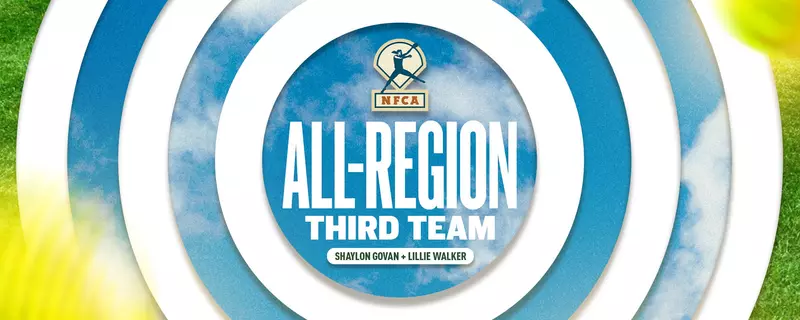
First baseman Shaylon Govan and left-handed pitcher Lillie Walker were both named to the third-team.
A junior from Katy, Texas, Govan led BU with a .407 batting average, seven home runs and 28 RBIs. The 2023 and 2024 All-American leads the Big 12 in batting average, which earned her the Big 12 Batting Champion honor, while also leading the conference with her .587 on-base percentage. Setting a Baylor all-time record in career-walks with 143, she also set Baylor career records in batting average (.407) and on base percentage (.558). Govan also earned All-Big 12 first team honors for the third-straight season, Big 12 Scholar Athlete of the Year, and Big 12 All-Defensive Team.
A graduate senior from Inola, Okla., Walker was a staple in the circle for the Bears this season, picking up second team All-Big 12 honors while ranking in the top five in conference play in wins (8), innings pitched (96.1), strikeouts (49), appearances (21), games started (15), shutouts (3) and complete games (9). This marks the graduate transfer’s first all-region honor of her career.
The awards honor softball student-athletes from the Association’s 10 regions with first-, second- and third-team selections. NFCA member head coaches from each respective region voted on the teams, and all student-athletes now become eligible for the 2025 NFCA Division I All-America squads.
The 2025 NFCA Division I All-America teams will be announced on Wednesday, May 28.
– BaylorBears.com –
NIL
FAU's Baba Miller commits to Cincinnati from NCAA Transfer Portal
Wesley Hale | Imagn Images FAU’sBaba Miller has committed to Cincinnati from the NCAA Transfer Portal. That comes per reporting by ESPN’s Jonathan Givony this afternoon according to his representation. Miller has also since confirmed that news himself with a post on social media. He shared his farewell graphic to the Owls earlier today before […]
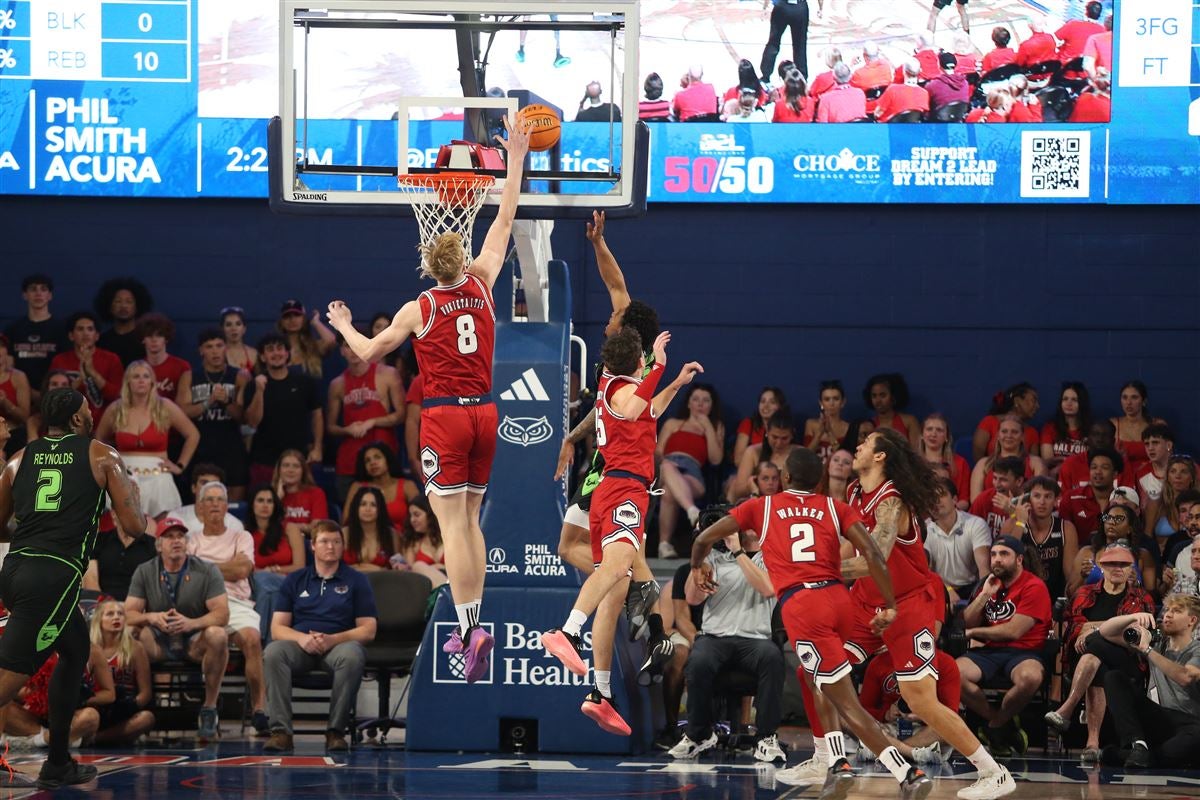

FAU’sBaba Miller has committed to Cincinnati from the NCAA Transfer Portal. That comes per reporting by ESPN’s Jonathan Givony this afternoon according to his representation.
Miller has also since confirmed that news himself with a post on social media. He shared his farewell graphic to the Owls earlier today before posting his commitment graphic for the Bearcats.
Miller has played in Florida throughout his three-year collegiate career with this past season spent at Florida Atlantic after the two prior at Florida State. He has averaged 8.5 points (47.1% FG), 5.5 rebounds, 1.8 assists, and 1.2 blocks per game, in 82 games played with 68 starts, for the Owls and Seminoles. He had a career-best season this past year as a junior at 11.3 points (48.6% FG), 7.0 rebounds, 2.7 assists, and 1.7 blocks for FAU, which earned him a selection as Second Team All-AAC.
Miller, a native of Mallorca, came from overseas as a Top-200 recruit and a three-star in the 2022 cycle. He also rated just outside the Top-30 at power forward in the class. That’s according to the On3 Industry Ranking, a weighted average that utilizes all four major recruiting media companies.
Now, in his second transfer in as many offseasons, Miller was one of the top players still available in the portal. He, per the latest update to On3’s Industry Ranking of 2025’s Top Transfer Portal Players, ranked at No. 106 and as a Top-20 PF.
This report will be updated further
To keep up with the latest players on the move, check out On3’s Transfer Portal wire.
The On3 Transfer Portal Instagram account and Twitter account are excellent resources to stay up to date with the latest moves.
The post FAU’s Baba Miller commits to Cincinnati from NCAA Transfer Portal appeared first on On3.
NIL
Friday’s Game Against Kansas Moved Up to 5 p.m.
Story Links MORGANTOWN, W.Va. – Due to expected inclement weather on Friday evening, Friday’s baseball game between West Virginia and Kansas has been moved up to a 5 p.m. ET first pitch. Fans with tickets for Friday’s game can use that ticket for the earlier start time or can exchange it for a […]
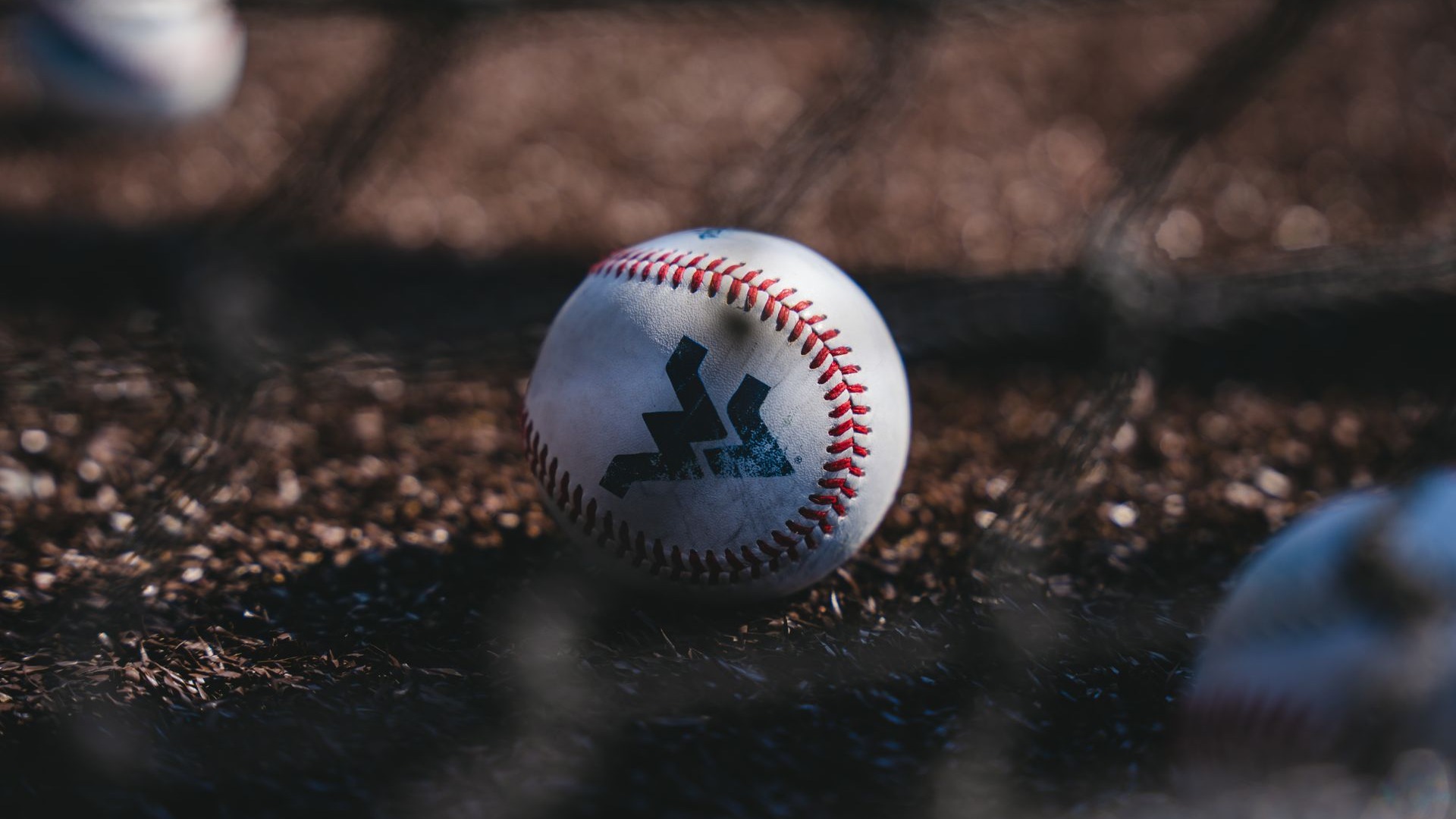
MORGANTOWN, W.Va. – Due to expected inclement weather on Friday evening, Friday’s baseball game between West Virginia and Kansas has been moved up to a 5 p.m. ET first pitch.
Fans with tickets for Friday’s game can use that ticket for the earlier start time or can exchange it for a ticket of equal or lesser value to Saturday’s regular-season finale at the Kendrick Family Ballpark ticket windows, the Mountaineer Ticket Office at the WVU Coliseum or by calling 1-800-WVU-GAME. Exchanged ticket seat location is subject to availability.
For more information on the Mountaineers, follow @WVUBaseball on Twitter, Facebook and Instagram.
NIL
Jenna Lord and Teagan Ritchie Named NFCA Mid-Atlantic All-Region
Story Links LOUISVILLE, Ky. – Charlotte Softball infielders Jenna Lord and Teagan Ritchie were named NFCA Mid-Atlantic All-Region after two very strong seasons for the Niners. Jenna Lord, who started all 57 games at third base, earned 2nd Team All-Region honors after stringing together one of the greatest single seasons in Charlotte Softball history. […]

LOUISVILLE, Ky. – Charlotte Softball infielders Jenna Lord and Teagan Ritchie were named NFCA Mid-Atlantic All-Region after two very strong seasons for the Niners.
Jenna Lord, who started all 57 games at third base, earned 2nd Team All-Region honors after stringing together one of the greatest single seasons in Charlotte Softball history. Lord batted .410 with 12 doubles, three triples, and 21 homers. Lord ranked in the top 10 in the NCAA in both home runs and total bases, with 154. She also now holds the Charlotte Softball single-season record for RBI with 62 and slugging with a slugging percentage of .865.
Teagan Ritchie, who started all 57 games at shortstop, earned 3rd Team All-Region honors after a phenomenal season at the plate. Ritchie batted .306 in 173 at-bats and hit 17 homers and 12 doubles. Ritchie had the second-highest slugging percentage on the team at .682 and had an on-base percentage of nearly .400.
This is the first NFCA All-Region honors for both Lord and Ritchie.
FOLLOW THE TEAM
Stay up to date with everything Charlotte Softball by following the team on X (Formerly Twitter) @CharlotteSB and Instagram and Facebook @CharlotteSoftball.
-
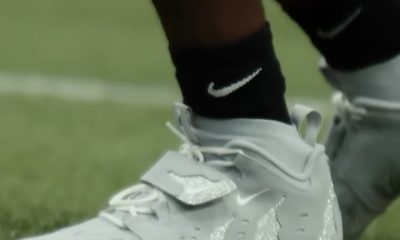
 Fashion3 weeks ago
Fashion3 weeks agoThis is poetry in motion.
-
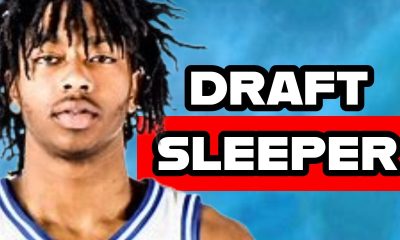
 College Sports2 weeks ago
College Sports2 weeks agoDuke basketball's Isaiah Evans on 2025 NBA Draft early entry list
-
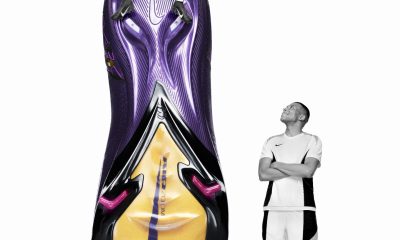
 Fashion3 weeks ago
Fashion3 weeks agohas always dreamed in Mercurial. Now his initials are on the boots. The new Kyl…
-

 Fashion2 weeks ago
Fashion2 weeks agoHow to watch Avalanche vs. Stars Game 7 FREE stream today
-

 High School Sports7 days ago
High School Sports7 days agoWeb exclusive
-

 Sports7 days ago
Sports7 days agoPrinceton University
-

 Sports6 days ago
Sports6 days ago2025 NCAA softball bracket: Women’s College World Series scores, schedule
-

 Motorsports1 week ago
Motorsports1 week agoBowman Gray is the site of NASCAR’S “Advance Auto Parts Night at the Races” this Saturday
-

 NIL1 week ago
NIL1 week ago2025 Big Ten Softball Tournament Bracket: Updated matchups, scores, schedule
-
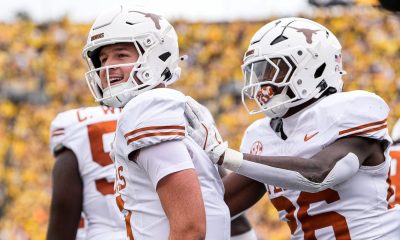
 NIL3 weeks ago
NIL3 weeks agoHow much money will Quinn Ewers make in NFL? Salary, contract details



















